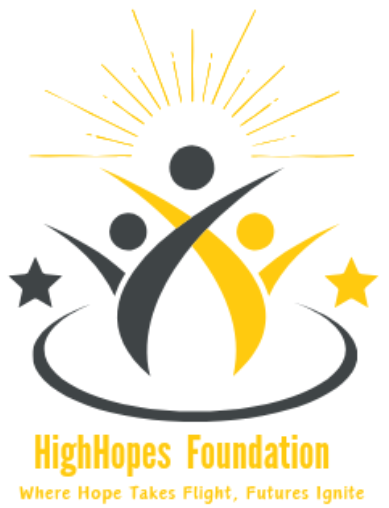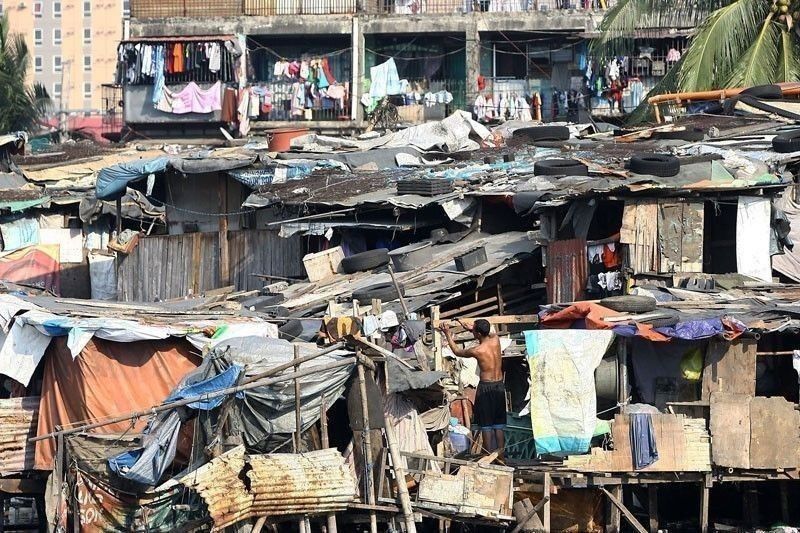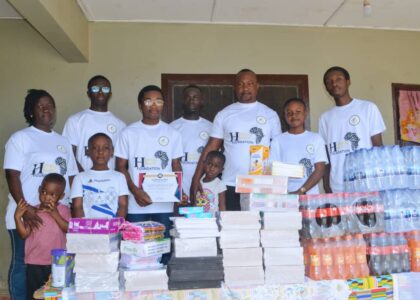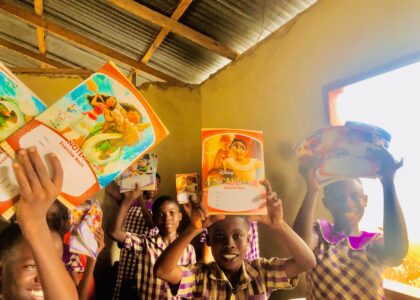In 2018, Ghana danced among the world’s top 10 economic sprinters, clinching the title of West Africa’s second-largest economy. While the nation showcased commendable strides in alleviating poverty, the success story unveiled a complex narrative. A glaring North-South divide persisted, with a significant chunk of the population in the north grappling with daily existence on less than a dollar. About 24.2% of Ghanaians teetered on the edge of the poverty abyss.
Ghana’s socioeconomic tapestry, though vibrant, bore the thread of inequality, particularly stark between genders. Picture this: one of the wealthiest men in the country outpaced the annual earnings of one of the poorest women by a staggering factor of a millennium. A decade from 2006 to 2016 saw the emergence of a thousand US dollar millionaires, but disappointingly, only 60 were women. The education landscape echoed this discord, with a girl from humble beginnings facing odds 14 times higher against ever setting foot in a classroom compared to her affluent counterpart.
Ghana’s predicament lies not in scarcity but in a paradox of plenty; possessing the means to eradicate extreme poverty and bridge societal rifts, yet stumbling on the path to do so.





